“In northern Mexico they work; in central Mexico they think; in southern Mexico they rest.”
She was travelling to Oaxaca for a two-year olds birthday party, the daughter of her friend. Chocolate cupcakes and a wrapped present were in the carry on. Her eyes laughed as the words rolled off her tongue. She was from Tamaulipas, lived now in Mexico City after spending several years working in Monterey.
Oaxaca (pronounced Wah-ha-ka)—a modest city in southern Mexico known for mezcal, mole, and more. “Para todo mal, mezcal; para todo bien, tambien.” (For everything bad, mezcal; for everything good, the same.”)
The plane rose up through the smog and white clouds covering Mexico City, the twin volcanoes visible to the East. She wanted to talk. She was quite beautiful. I didn’t mind.
“In Oaxaca they have these lovely processions of puppets with music and dancers on the streets. We call them calendas. Look for them while you are there.”
“Oh yes. I read about these parades in John Vaillant’s The Jaguar’s Children.” I had the book with me.
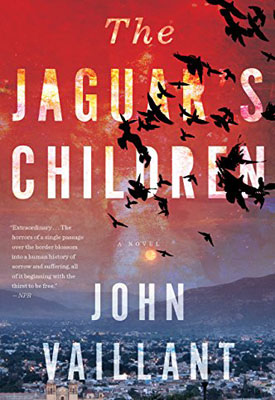
It begins with a screaming sound and then, farther down Juárez, an explosion. All the federales—who do not forget the possibility of an ambush—drop to one knee with their guns up and pointing around. César is too scared to move and so am I when around the corner of Hidalgo, one block down, comes a giant puppet—a lady with enormous chichis and yellow hair, and then another one looking like Benito Juárez, and another with a big bandana and long hair like Axl Rose, and each one is tall as a house and dancing all around. Behind them is the sound of a band starting to play and this comes around the corner too—ten musicians with trumpets and trombones and drums, also a tuba, and they are playing dance music. There is another scream and another explosion and now it is clear it is only the coheteros with their skyrockets for waking the gods. “¡ Otra calenda!” shouts the woman federale, and all of them can see it now because this is what is coming up the street—una calenda por Santa María, por la Fiesta de la Anunciación. It was the congregation from a local church so it wasn’t a big procession, but along with them and the giant monos and the band and the coheteros are las chinas oaxaqueñas—ladies dancing in their fiesta clothes—long skirts and ribbons in the hair with sexy blusas and red red lips, each one with a big basket on her head filled with flowers and special decorations. But in their baskets are also secret things you cannot see—bricks and stones—because the heavier your basket and the longer you dance, the greater your devotion to the Virgin. My mother does this also, especially por la Virgen de la Soledad. You will not believe what she carries—and for so long because most calendas start at eight or nine at night and don’t stop until the morning. In between, they go all over the city in a big circle that finishes only when they come back to the home church. All this time, the monos and the ladies are dancing and the band is playing and the coheteros are sending up rockets like flares from a sinking ship. To you it might look like a party, but really it is the dance of hope in the darkness, our way of saying, “¡ Virgen, Santo, DIOS, por favor! We are down HERE! Can’t you SEE us? Can’t you HEAR us? Please do not FORGET us!”
I had a list of short stories, essays, novels, travel journals and more set in Oaxaca all or in part. I was hopping to read as many as I could while in Oaxaca.
“You must be sure to taste the moles. Oaxacan moles are among the most complex sauces in all the world. There are seven moles in in total. They each have different chills for flavor and heat, some have chocolate added.” There is a book you might like with recipes for the moles written by Susanna Trilling.

“I once wrote a poem about mole. It sounds impossible to make, for me at least.” I smiled nervously.
“You don’t have to make it,” she laughed, “just eat it. I love all the moles and you will too!”
Her white teeth sparkled in the sun coming through the window of the plane. I looked outside. Down below, the little towns like inscriptions on the shields of Aztec warriors flashed in the sun. Between the cerros still green from the last of the rains, ordinary lives went on unnoticed.
“Do they really eat grasshoppers in Oaxaca?”
She answered as if she expected the question.
“Chapulines, fried grasshoppers, yes. They say that if you eat the chapulines you will always return to Oaxaca. Be sure to try them. After frying they are salted and flavored with lime. Delicious!”
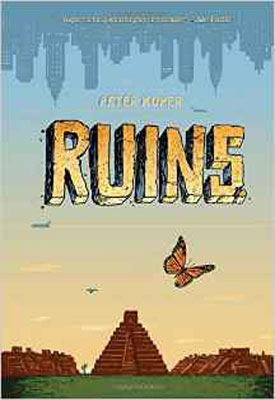
“Peter Kuper’s book, RUINS, mentions the chapulines. His illustrations of Oaxaca are lovely, but I was concerned to read about the teacher’s strike. Is it dangerous there?”
The corners of her mouth turned down ever so slightly.
“Oaxaca has a long history of political strife. They say if there is ever another revolution in Mexico, it will start in Oaxaca. But no, it isn’t dangerous, at least not most of the time. The strikes occur every year. They are disruptive and sometimes they can get violent but tourists are usually safe if they don’t go into the wrong places.”
“Usually? Should I go to the Basilica de la Soledad to ask her for protection?”
“You know about Nuestra Señora de la Soledad?”
“She’s in The Jaguar’s Children book too.”
I am Sagitario and I came exactly on the eighteenth of December, la Fiesta de Nuestra Señora de la Soledad, Our Lady of Solitude. This is why my name is so enormous—Héctor María de la Soledad Lázaro González. Soledad came here a long time ago by accident and stayed, and now she is the official virgin of Oaxaca. Down there, she is even more important than la Virgen de Guadalupe. My mother will only approach her on her knees. I did not come easy to my mother and because of this, and because my birthday is her feast day, Mamá always took me with her to la Basílica de la Soledad en el centro. I never liked going in there, but whenever we got close and I tried to run away Mamá would hiss through her teeth, “¡ Diablito! You are her special servant. You owe your life to her—and mine too.” Then, if I did not stop pulling away and complaining, she would slap my face and squeeze my hand until I heard the bones inside my skin. But I would not cry.
“You’ve certainly learned a lot about Oaxaca from your reading.”
“What better way to learn about Mexico than to read the work of great authors?”
Outside my window the great Valley of Oaxaca opened between the arms of the Sierra Juarez. Thousands of years of history leapt upward, an invisible eruption of echoes from lives lost and forgotten. The familiar view of Monte Alban appeared as the plane circled toward the airstrip. The ruins at Monte Alban are over 2500 years old.
“What do you see when you look at those ruins?”
“I see thousands of people carrying stones to the top of that mountain. Some died building a palace for their kings.”
“It affects me always, even though I’ve seen it many times. I think of how the people must have been in such awe when it was constructed.”
The jolt of our descent alerted me to the fact that we would soon go our separate ways at the airport. She was so young, still full of the optimism in those early years of life, the years before the big disappointments begin. I wanted to leave her with something to remember of our short conversation, but I wasn’t sure what.
“There is a popular bookstore, Amate’s” close to the beautiful Santo Domingo Church. I think you would like it. I go there every time I’m in Oaxaca. I frequent Café Los Cuiles across from the bookstore just off the little park there. There are many lovely cafes in Oaxaca,wonderful places to read and write.”
“Here’s is a list of books that all have some connection to Oaxaca. I hope I’ll see you again while I’m there?”
“Maybe. I’m only in Oaxaca for a few days. Do you have any funny stories about famous authors that spent time in Oaxaca?”
We were just pulling down to the runway.
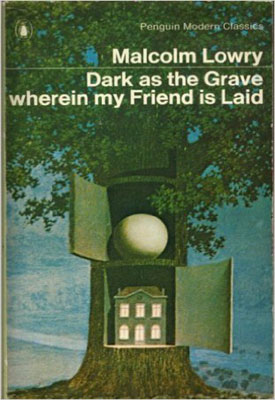
“Well, let me think. Malcolm Lowry spent Christmas in jail in Oaxaca and D. H. Lawrence was mistaken for Jesus Christ on the streets there.”

“Probably the most bizarre story I’ve heard is about Clifford Irving. You may not of heard of him. He wet to jail for a caper recounted in his book The Hoax. They made a movie out of it later with Richard Gere. He claimed to be in touch with the eccentric billionaire, Howard Hughes, and to have a deal with Hughes for an authorized biography. He convinced McGraw-Hill to send a large advance, several hundred thousand dollars, for “the most fantastic project of the decade.” However, as was scandalously revealed a year later, his Oaxaca trip was just one element in an elaborate hoax. Instead of meeting with Hughes, Irving spent Valentine’s Day in Oaxaca trysting with his mistress, the Danish pop star Nina van Pallandt. It’s quite a story. He was sent to jail for nearly two years for mail fraud.”

It was time to go. She smiled as she walked away holding the list of books I gave her. She looked back to say goodbye.
“I guess some author’s do have lives as strange as their books! I hope we see each other again, but if not, have a wonderful time in Oaxaca. Be sure to get out in the countryside to see some of the villages where they make the black pottery and the alebrijes (painted animals) and the intricately designed woolen rugs. The Guelagetza dance festival is happening right now. You’re too early for Dia de los Muertos and the Noche de Rabanos but maybe you’ll come back? I’ve enjoyed our visit.”
She was gone in the blink of an eye. I looked at my copy of the books I’d brought to read. I went to Amate’s and found almost all of them there.
John Vaillant: THE JAGUAR’S CHILDREN (2015)
Peter Kuper: RUINS (2015)
John Irving: AVENUE OF MYSTERIES (2015)
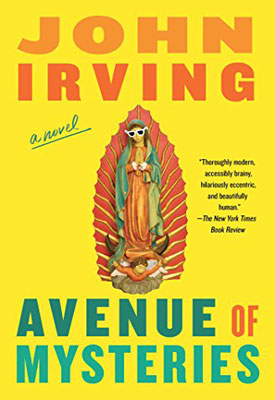
Daniel Sada: ALMOST NEVER (2008)
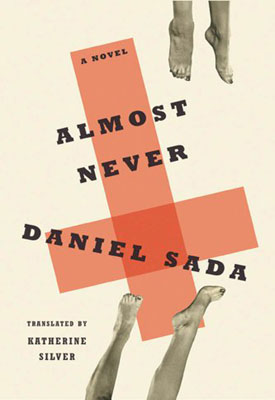
David Lale: LAST STOP SALINA CRUZ, A NOVEL (2007)
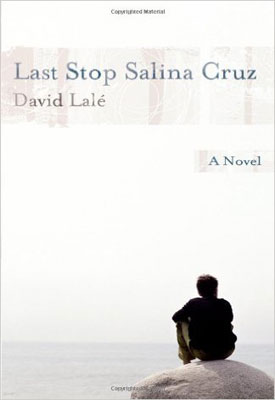
Peter Kuper: DIARIO DE OAXACA: A SKETCH BOOK OF TWO YEARS

Oliver Sacks: OAXACA JOURNAL (2002)
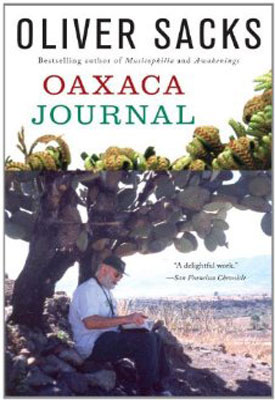
Italo Calvino: UNDER THE JAGUAR SUN (1986)
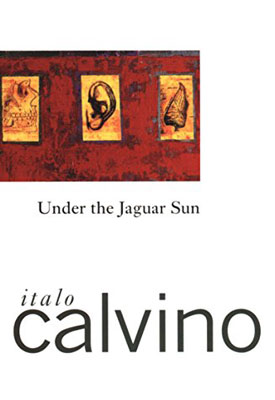
Richard Ford: THE ULTIMATE GOOD LUCK (1981)

Clifford Irving: THE HOAX (1981)
Carlos Castaneda: JOURNEY TO IXTLAN (1972)
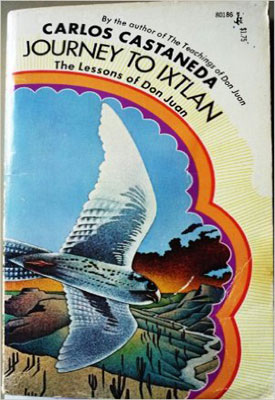
Lawrence Ferlinghetti: THE MEXICAN NIGHT (1970)
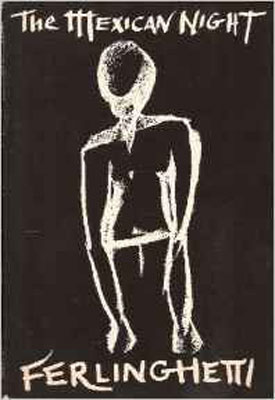
Malcolm Lowry: DARK AS THE GRAVE WHEREIN MY FRIEND IS LAID (1968)
Saul Bellow: MOSBY’S MEMOIRS (1968)
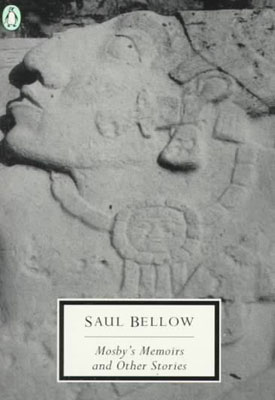
Margaret Larkin: TWELVE SHARES IN A GOLD MINE (1958)
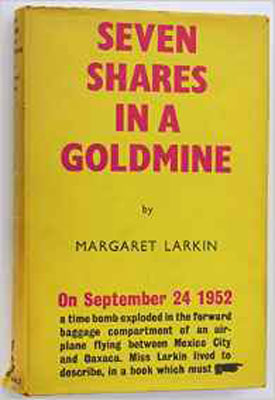
Graham Greene: THE POWER AND THE GLORY (1940); THE LAWLESS ROADS (1939)
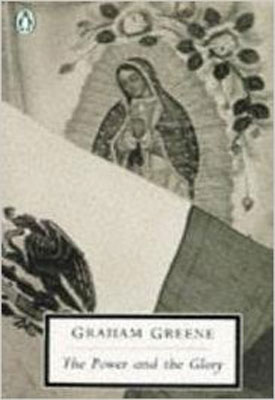
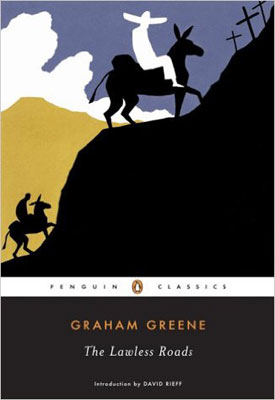
Aldous Huxley: BEYOND THE MEXIQUE BAY (1934)
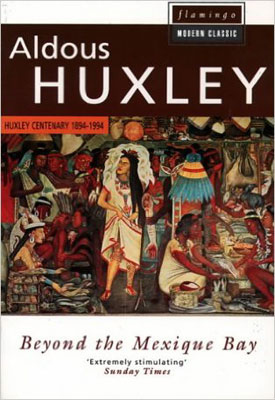
D.H. Lawrence: THE PLUMED SERPENT (1927); MORNINGS IN MEXICO (1926)
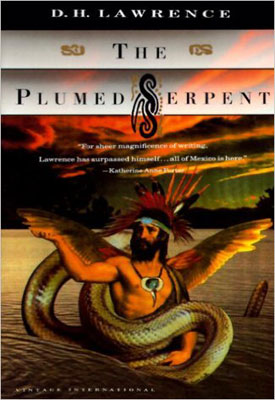
Pergentino Jose: RED ANTS (Zapotec & Spanish, translated in MEXICO 20: NEW VOICES, OLD TRADITIONS)

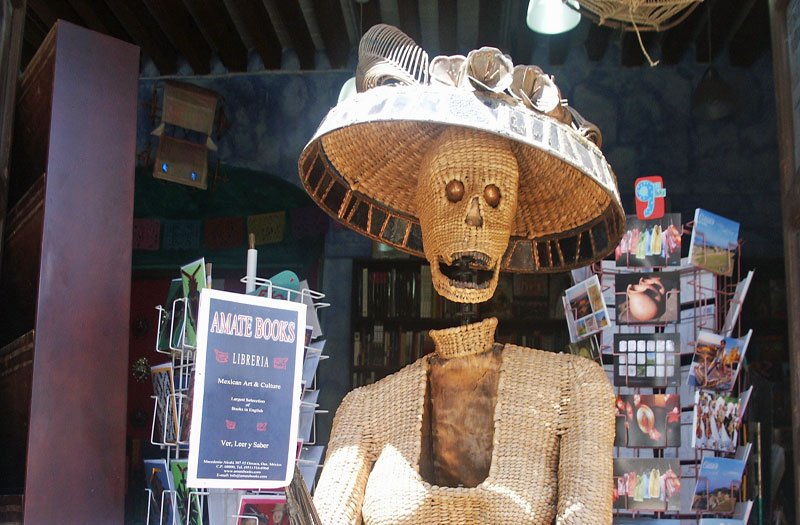
Superb list! And then there are the short stories of Terry Southern, some of them set in Mexico. HIGHLY recommended! Mexico: the fevered id of El Norte.
This is fastinating. Thank you for so much nourishment! I have found I have read most of the books in our local underfunded library, and will seek these out, for sure. Your own writing is delightful, as well…
The story of me finding your ring that day, my first one as your prospective replacement of Jean Spatrino, most flamboyant of cleaning ladies. I have used it to describe what wonderful results honesty can have. Many who have heard this story have asked me, “If you could tell just by looking at this wonderful ring that it was valuable, and obviously misplaced for a long time, why did you not just pocket it and get some much-needed cash for yourself?” I am proud to say, it was not mine, and you would know who it belonged to, if not yourself. My children repeat this “legend” to their children, one of whom is a teacher and uses it right along with Aesop’s cautionary tales. You are quite famous around here, I think ;).
I have turned out pretty well. Got a B.A. in Fine and Performing Arts from SOU, but now a teaching credential. Steve did, and got a position teaching Band and General Music in a small district on the western Washington coast. We have since retired to Grants Pass, Oregon. I taught private violin and viola lessons, art classes, and a stint in a Catholic elementary school, which was enough to make me realize I was not cut out for classroom teaching. My long-time music partner and I performed what we called Celtic Fusion, fiddle, bodhran and keyboard, and I had much success selling my artwork–5′ canvasses during our time on Grays Harbor. I was principal (and sometimes only 😉 )viola in the local symphony, helpful when recruiting new students.
What is your life like these days? Family, kids all grown, etc I imagine. As I said, I think of you often. Enjoyed staying nostalgically in the Sea Gull Inn this past St Patrick’s Day and surrounding several nights, very wonderful!
cheers, Lindell
fascinating…and, then not, as in not a teaching credential.